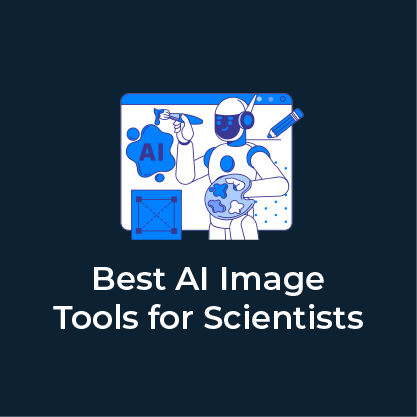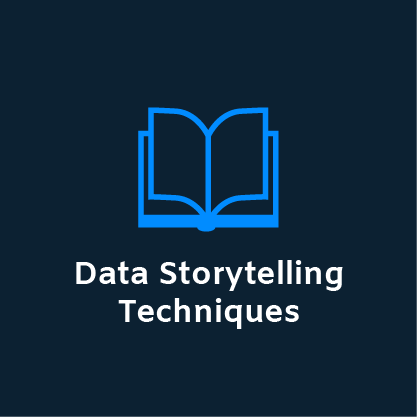What is the Epiglottis? Epiglottis Structure and Function
Learn More About Simplified Science PublishingThe epiglottis is a piece of cartilage that covers the entryway to your trachea and lungs. The purpose of the epiglottis is to stay closed when saliva and food are moving to your stomach.
What is the epiglottis?
If you’ve ever taken a sip from a drink and accidentally laughed at the same time, you probably experienced an uncontrollable coughing fit that caused tears to stream down your cheeks. This unpleasant event is due to the poorly timed opening of your epiglottis (eh-pih-glah-tis). The epiglottis is the primary protector of the airways, your lung guardian and breathing gate. Essentially, your epiglottis is your breathing bouncer.
The epiglottis is a leaf-shaped piece of cartilage that covers the entryway to your larynx and trachea. If your breathing bouncer opens at the same time that saliva and food particles are sliding past, some of the stuff can slip into your airway, which causes coughing and irritation. In a worse-case scenario, an inappropriate opening of your epiglottis can also allow a large piece of food to become lodged in your windpipe, which causes you to choke. Thankfully, the epiglottis is remarkably good at its job and rarely allows intruders into your air tubes.

If you feel motivated to support the health of human lungs that are protected by your epiglottis, consider making a donation to the American Lung Association:
Related Content:
- How Do Lungs Work? Lung Structure and Function
- What are Pleura? Lung Pleura Structure and Function
- How Does the Diaphragm Work? Diaphragm Structure and Function
- How Does the Heart Work? Review Heart Structure and Function
- What is Blood Made Of? Review Blood Components and Functions
- What is Aerobic Respiration and Why is it Important?
References:
- Harrison's Principles of Internal Medicine, 18th Edition. Longo DL, Fauci AS, Kasper DL, Hauser SL, Jameson J, Loscalzo J. eds.
- Anatomy, Physiology, and Disease: An Interactive Journey for Health Professions , 2nd Edition. Bruce J. Colbert, University of Pittsburgh, Johnstown.
Create professional science figures with illustration services or use the online courses and templates to quickly learn how to make your own designs.
Interested in free design templates and training?
Explore scientific illustration templates and courses by creating a Simplified Science Publishing Log In. Whether you are new to data visualization design or have some experience, these resources will improve your ability to use both basic and advanced design tools.
Interested in reading more articles on scientific design? Learn more below:
Content is protected by Copyright license. Website visitors are welcome to share images and articles, however they must include the Simplified Science Publishing URL source link when shared. Thank you!



